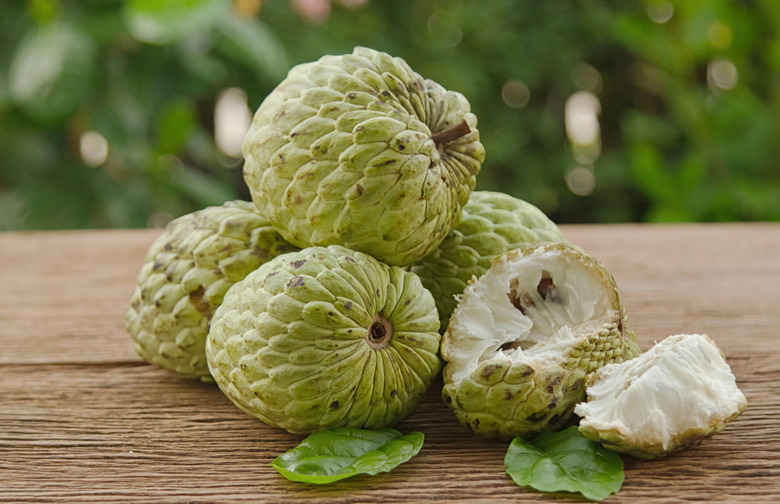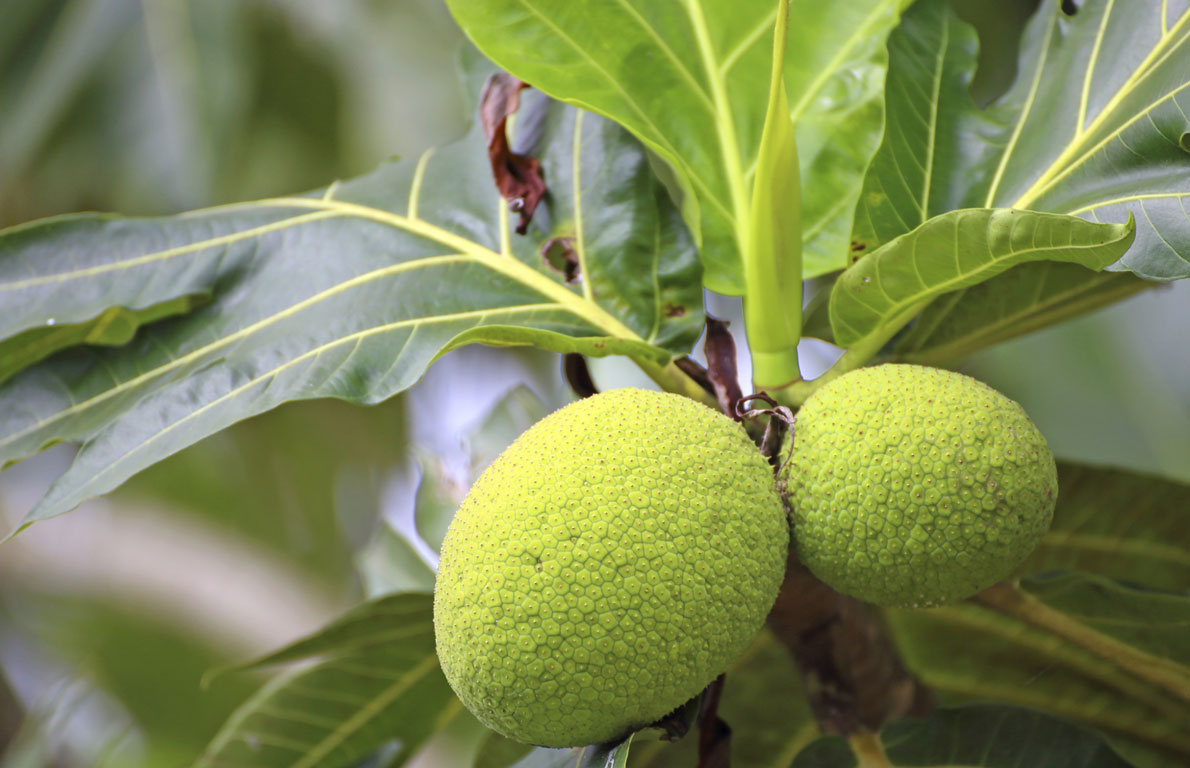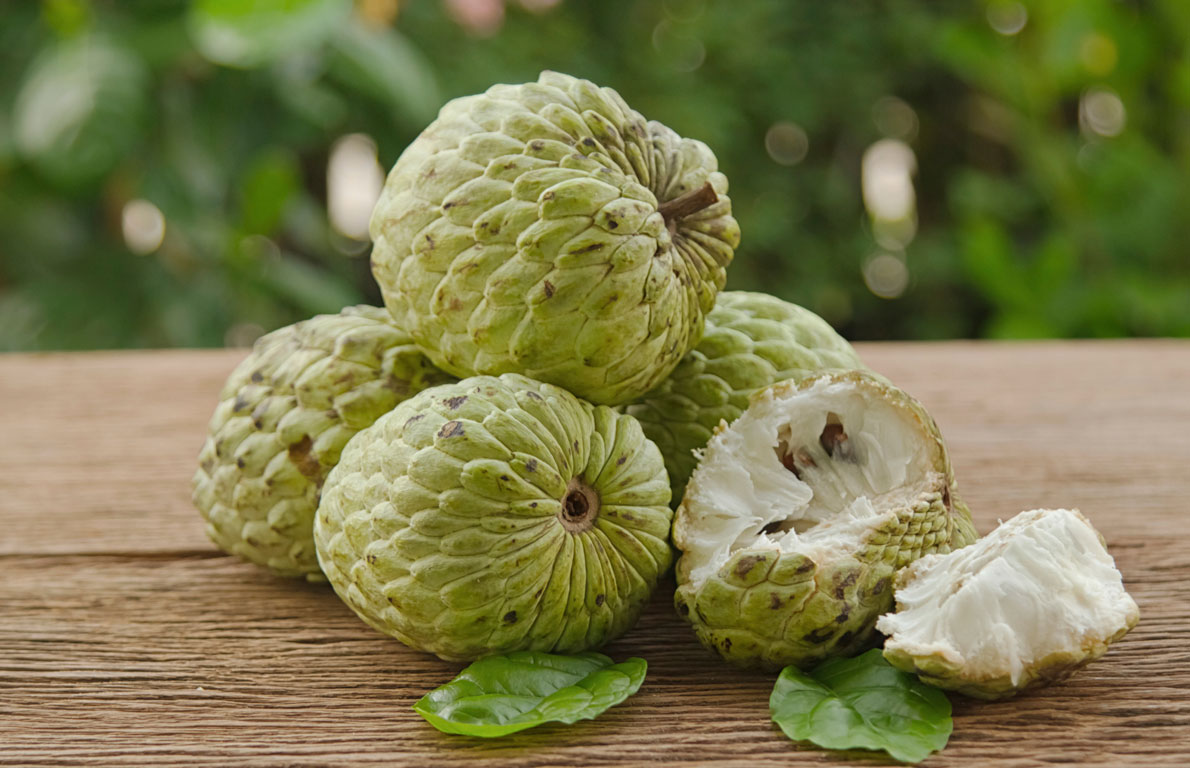10 Exotic Fruits Worth Traveling For
I was deep in a village in the Central Highlands of Vietnam, exploring the life and culture of the Luk Lak people. My guide, Mr. Rot, was from the region but had moved to the city of Dalat to run and operate a guesthouse for backpackers.
We sat in his family's village home and sampled various kinds of local fruit that Mr. Rot had gathered for us to try. We'd been tasting for a few minutes when Mr. Rot introduced us to sapodilla, which the Vietnamese call xa pô chê (sam-bu-che), and my life was forever changed by its velvety-smooth texture and its richly sweet taste. I fell in love, and for my remaining five weeks in Vietnam, I scoured every market I could, the name written down on a piece of paper, buying sapodillas by the heap whenever I came across them.
10 Exotic Fruits Worth Traveling For (Slideshow)
Depending on the time of year, supermarkets shelves in the U.S. are filled with green apples, red apples, grapes, blueberries, oranges, and clementines, among many other varieties of fruit. We all know the beauty of a crisp apple of a brilliant fall day, or the refreshed feeling that comes from eating a slice of watermelon on a hot summer day. These are just some of the fruits we know and love in the States.
Head overseas, though, and you're likely to find a totally different assortment. In Asia, particularly in countries in Southeast Asia like Vietnam, Thailand, or Indonesia, much shopping is done from a myriad of vendors at outdoor food markets who spread out blankets or set up stalls and sell everything from fruit to spices to live animals and fish.
We can learn about local cultures through foods native to a place, and fruit, especially those varieties that aren't readily available in the U.S., gives us a particularly vivid and flavorful inside look into regional tastes. Here are 10 genuinely exotic fruits that, while they may occasionally be available in specialty markets, aren't part of our daily diet in America. Perhaps they should be!
Breadfruit
Breadfruit can be found throughout much of Southeast Asia, South India, and the Pacific Islands, and in parts of Africa and the Caribbean. About the size of a football and weighing as much as seven pounds, breadfruit has a lumpy green exterior and white, starchy flesh. The fruit earned its name from its incredibly bland taste, which has been compared to that of undercooked potatoes. But don't let that deter you; jackfruit is said to be the "food of the future" and has also been called a "wonder food." The fruit is packed with protein and carbohydrates, and it is rich with vitamins and nutrients, including fiber, potassium, phosphorous, calcium, and copper, among others. Scientists have even gone so far as to say that the breadfruit, which is mostly eaten cooked, could play an integral part in finding the solution to world hunger.
Custard Apple
The custard apple has no similarity in taste or texture to the apples we know and love. This tropical fruit has a hard, green exterior that peels away to reveal a velvety, creamy flesh, with some small seeds and a sweet smell. Custard apples must be eaten when they are ripe as they spoil quite quickly. As they ripen, custard apples' exteriors tend to blacken, and like an avocado are often soft when you squeeze them. The custard apple is also highly nutritious and is rich with vitamin C, vitamin A, potassium, fiber, and other nutrients. From its texture to its taste, the custard apple is a truly beautiful fruit.


